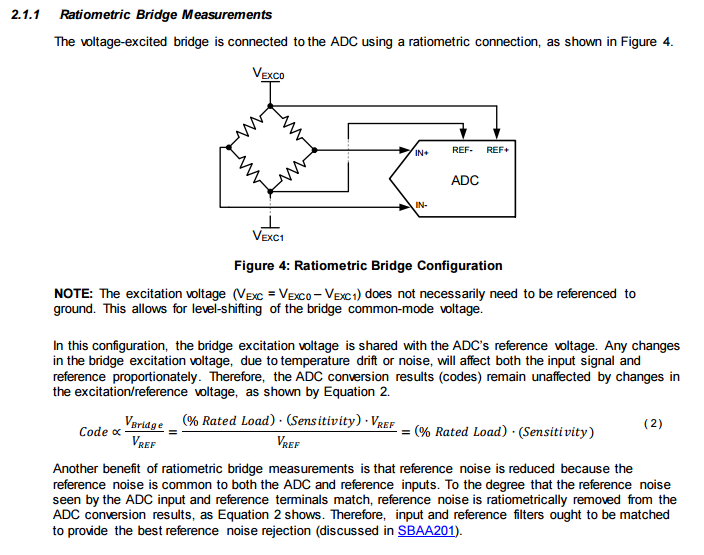Hi, we are connecting a sliding pot meter (5kOhm) and a load cell to the ADS1256. However we are experiencing noise from pot meter. How should we connect these sensors to the ADS1256?, We use 3.3V og 5V on pot meter. And 5V on load cell. Surly there must be a way to minimize this.
-
Ask a related question
What is a related question?A related question is a question created from another question. When the related question is created, it will be automatically linked to the original question.


